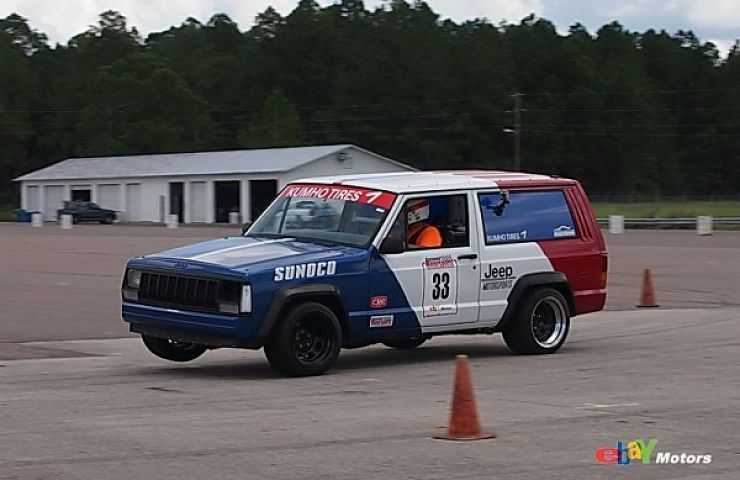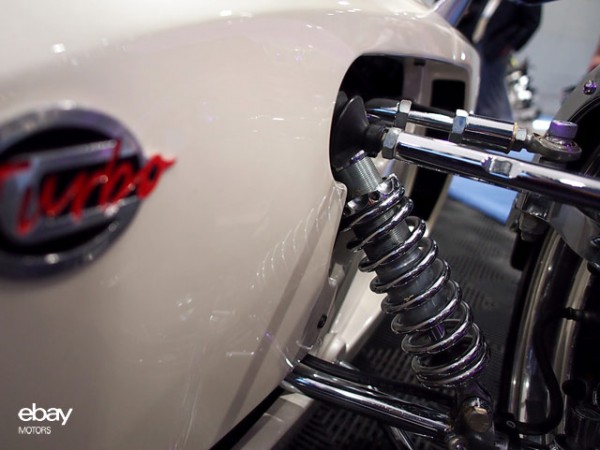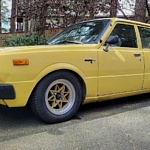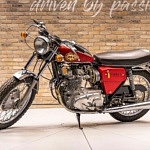Having all the horsepower in the world won’t do you any good unless you’re able to properly transfer it to the pavement. And that involves, in some form or another, a car’s suspension system.
Suspension is a broad term given to a vehicle’s systems of linkages, springs and shocks/struts to control ride and handling. Ride is the car’s ability to keep occupants comfortable and isolated from road noise and harshness. Handling is the ability to corner, brake and accelerate all the while maintaining tire contact with the road.
The single most important function of the suspension is to maintain that contact. Without it, there’s not much chance for any of us to maintain control of our cars while moving down the road.
Shop now for car suspension partsIndependent or Dependent?
There are different types of car suspension systems. The primary difference is whether the system is independent or dependent. This refers to whether movement at one wheel can directly affect the opposite wheel. Dependent systems are tied together. Examples of dependent suspensions are beams or live axles that hold the wheels perpendicular to the frame and parallel to each other at all times. A wheel on one side directly and oppositely affects the wheel on the other side while driving over a bump in the road.
Independent systems allow a better ride and handling due to lower unsprung weight and the ability of each wheel to deal with road activity without altering the suspension geometry of its opposite. Examples of this are a MacPherson strut setup or a double wishbone (a-arm) suspension. Lets take a look at the individual car suspension system components.
Anti-Sway Bars
Anti-sway bars are used to give the vehicle additional stability by joining one side of the suspension to its opposite. This creates a more level ride by reducing roll around corners. It’s important to note that by connecting the suspension components of a vehicle in this way does not change an independent design into a dependent one.
Springs
The spring is the part of a suspension that handles the majority of energy absorption. Most springs are coil or leaf styles. Coil springs are a torsion bar wound around an axis. They became popular after WWII, and especially during the 1970s with the prevalence of front-wheel drive and the need for more sophisticated designs. Coil springs are a mainstay of modern car suspension systems.
The leaf variant dates back to at least medieval times when used on carts and carriages. The simple design is (typically) a stack of arc-shaped spring steel leaves attached to the frame at both ends. The attachment can be direct bolting or through a shackle. A shackle allows the leaf spring to elongate during use making for softer springiness.
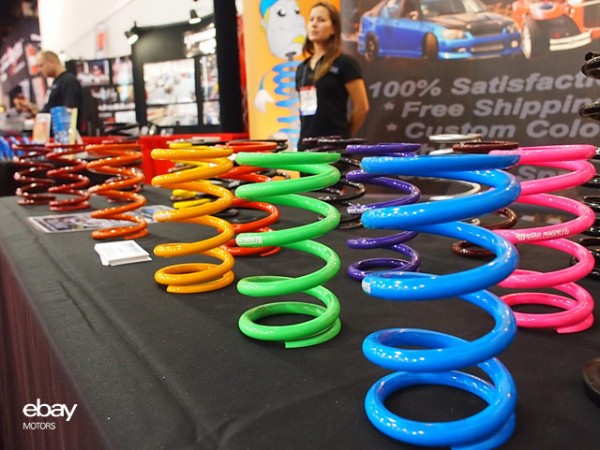
Colorful Coil Springs
Shock Absorbers
Springs do an excellent job of storing energy, but aren’t particularly adept at absorbing it. This is where shock absorbers or dampers come in. They control the unwanted motion of the spring by turning the energy of the excessive suspension movement into heat and dissipating it in the hydraulic fluid.
Active Car Suspension Systems
So far, all of these systems are passive. They just deal with the bumps in the road as they come and within a limited scope. Some modern cars, like the Cadillac CTS use an active suspension that uses electronic monitoring and makes real-time adjustments for different conditions.
GM was by no means the first to use an active system. Citroën developed a semi-active suspension in the 1950s using hydropneumatic technology. Hydraulic fluid levels out the ride through a series of nitrogen-filled spheres. A good example of this system can be found in the 1967 Citroen DS21.
Car Suspension in a Nutshell
So there you have it. Suspension in a nutshell. If you’re ready to upgrade your vehicle’s underpinnings, you should consider a complete aftermarket suspension kit. Stay tuned as we look at how steering affects much more than which way you point your wheels in an upcoming post.

